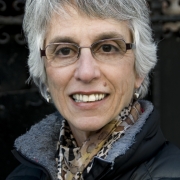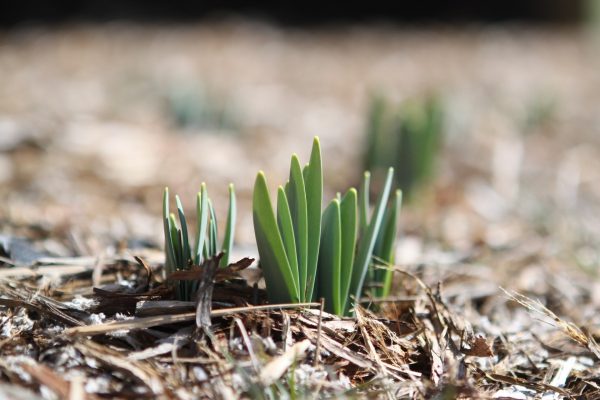This practice is called: “A 3-Minute Breathing Space Meditation,” and it comes from a wonderful book that I strongly recommend, called Mindfulness: An Eight-Week Plan for Finding Peace in a Frantic World, by Mark Williams and Danny Penman.
What they say about this practice is, in doing this practice, you’re gently reminding yourself that your current state of mind is not a solid fact, but is instead governed by interlinked thoughts, feelings, physical sensations, and impulses to act.
These can and do ebb and flow, and you can become aware of them as they do so. So each of these sections, steps, is for one minute – it can be done anytime you need it during the day, but it’s really good to practice it, so you’ll be prepared and remember.
So step one: becoming aware. Deliberately adopt an erect and dignified posture, either sitting or standing. If possible, close your eyes.
Then, bring your awareness to your inner experience, and acknowledge it, asking, “What is my experience right now? What thoughts are going through the mind?” As best you can, acknowledge thoughts as mental events.
“What feelings are here?” Turn toward any sense of discomfort, unpleasant feelings, acknowledging them without trying to make them different from how you find them.
“What bodily sensations are here right now?” Perhaps quickly scan the body to pick up any sensations of tightness, or holding, or bracing. Acknowledging the sensations, but once again not trying to change them in any way.
Step two: gathering and focusing attention. Now, redirecting the attention to a narrow spotlight on the physical sensation of the breath, moving close to the physical sensations of the breath in the abdomen. Expanding as the breath comes in, falling back as the breath goes out. Follow the breath all the way in, and all the way out. Because each breath is an opportunity to anchor yourself in the present.
If the mind wanders, gently escort the attention back to the breath: spotlight on the breath, in the abdomen. Step three: expanding attention. Now expand the field of awareness around the breathing, so that it includes a sense of the body as a whole. Your posture, facial expression. As if the whole body was breathing.
If you become aware of any sensations of discomfort or tension, feel free to bring your focus of attention right into the intensity, by imagining that the breath could move into and around the sensations. You’re befriending the sensations rather than trying to change them.
Just sit, experiencing the body, the whole body. The whole body and beyond the body. Breathing. This is an hourglass practice.
You start with expanding, becoming aware of everything. You move into the spotlight in your belly, and then you expand into the breath throughout the entire body and all around you. An hourglass of awareness, of attention, of presence.
 Rabbi Sheila Peltz Weinberg, Spiritual Coach, served as a congregational rabbi for seventeen years. She has also worked in the fields of Jewish community relations, Jewish education and Hillel. She has published widely on such topics as feminism, spiritual direction, parenting, social justice and mindfulness from a Jewish perspective, including in her books God Loves the Stranger: Stories Poems and Prayers and Surprisingly Happy: An Atypical Religious Memoir, and has contributed commentaries to Kol HaNeshama, the Reconstructionist prayer book. Rabbi Weinberg has taught mindfulness meditation and yoga to rabbis, Jewish professionals and lay people in the context of the Institute for Jewish Spirituality. She serves as a spiritual director to a variety of Jewish clergy including students and faculty at HUC-JIR in New York. She is creator and co-leader of the Jewish Mindfulness Teacher Training Program. She is married to Maynard Seider and they have three married children and six grandchildren.
Rabbi Sheila Peltz Weinberg, Spiritual Coach, served as a congregational rabbi for seventeen years. She has also worked in the fields of Jewish community relations, Jewish education and Hillel. She has published widely on such topics as feminism, spiritual direction, parenting, social justice and mindfulness from a Jewish perspective, including in her books God Loves the Stranger: Stories Poems and Prayers and Surprisingly Happy: An Atypical Religious Memoir, and has contributed commentaries to Kol HaNeshama, the Reconstructionist prayer book. Rabbi Weinberg has taught mindfulness meditation and yoga to rabbis, Jewish professionals and lay people in the context of the Institute for Jewish Spirituality. She serves as a spiritual director to a variety of Jewish clergy including students and faculty at HUC-JIR in New York. She is creator and co-leader of the Jewish Mindfulness Teacher Training Program. She is married to Maynard Seider and they have three married children and six grandchildren.











